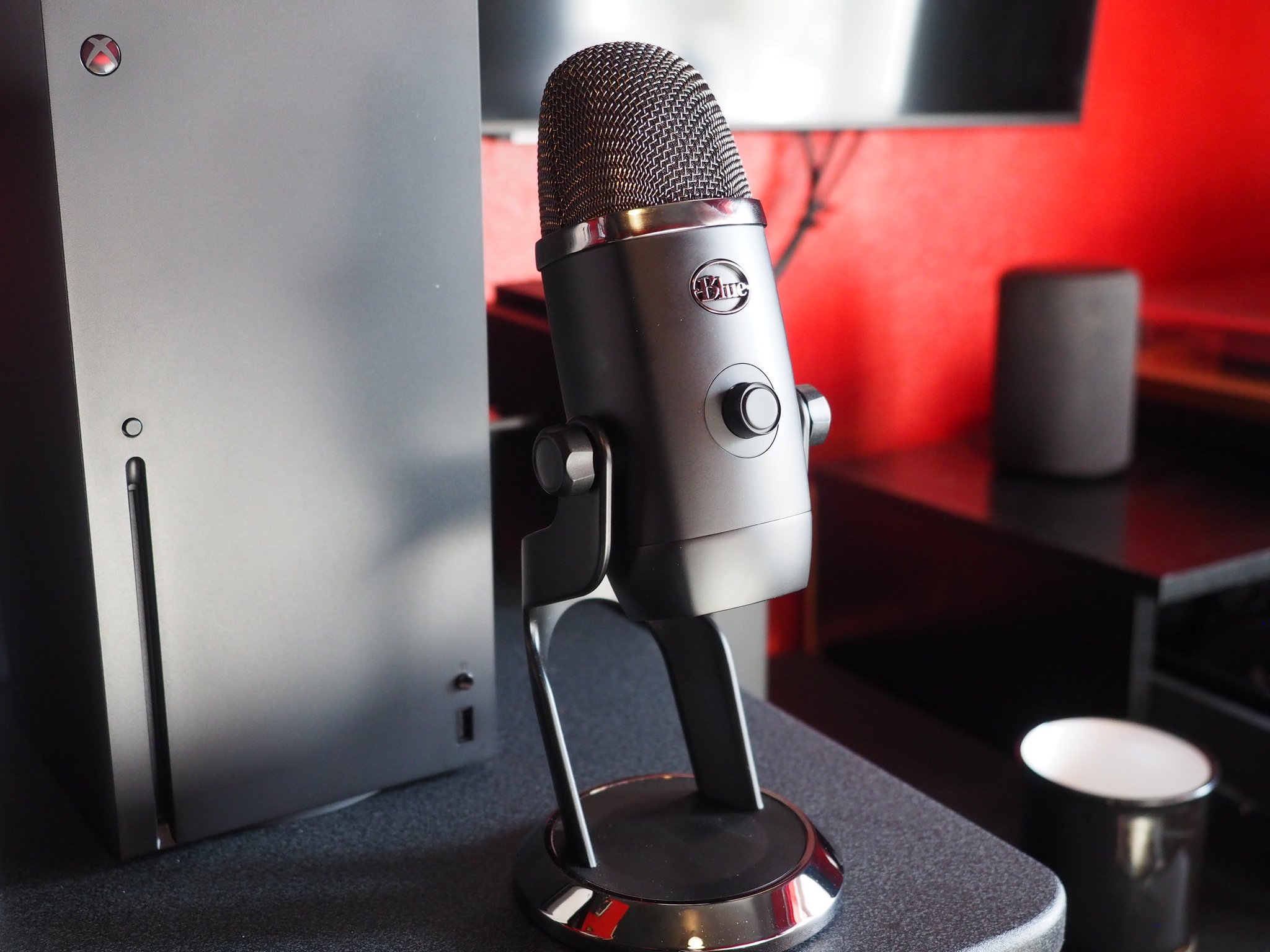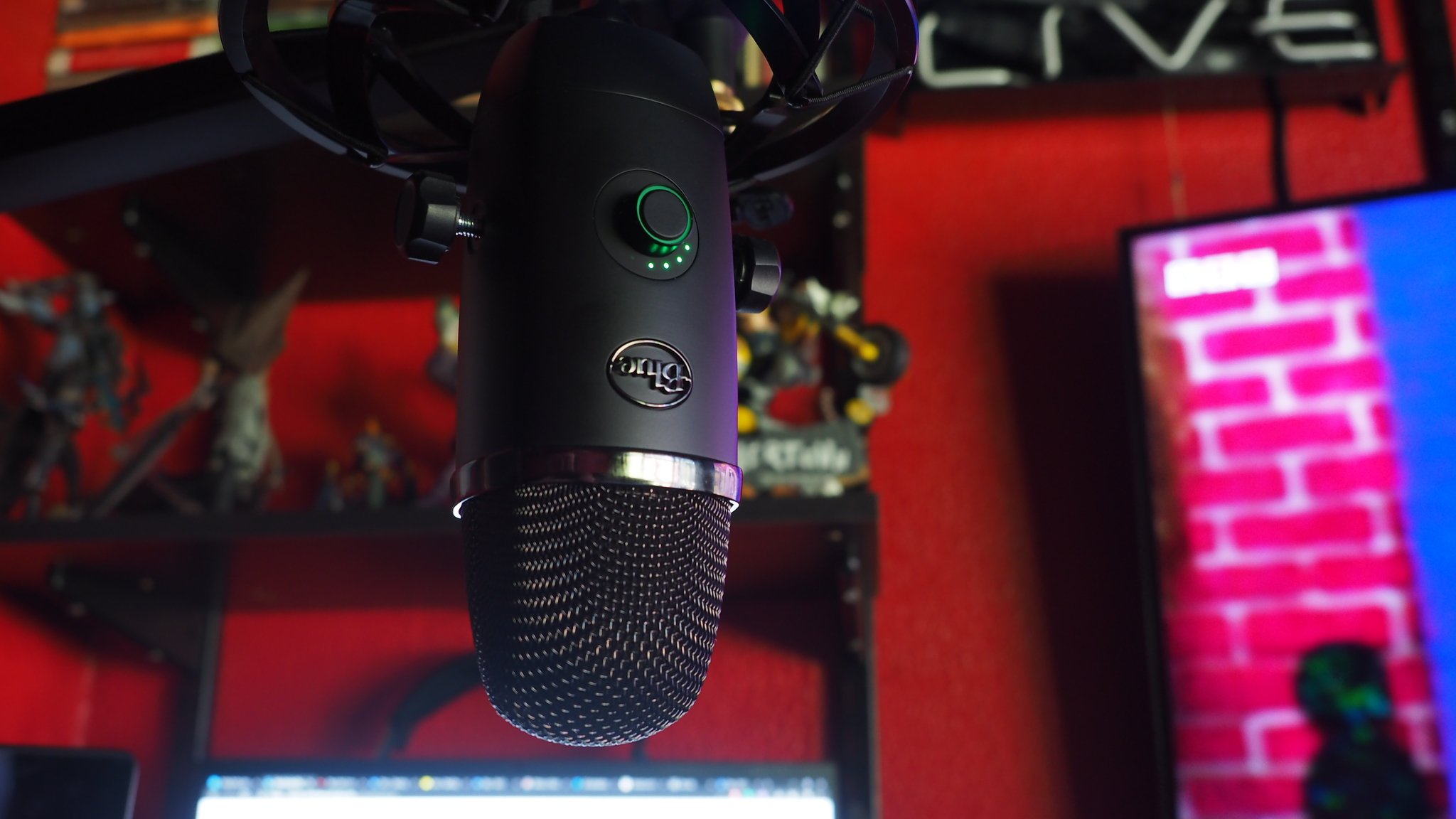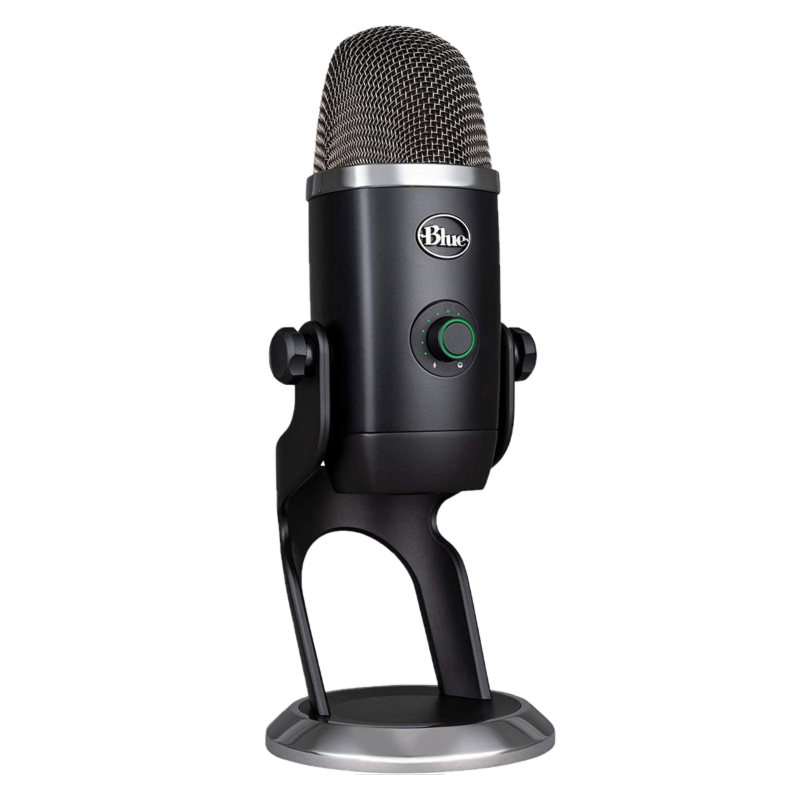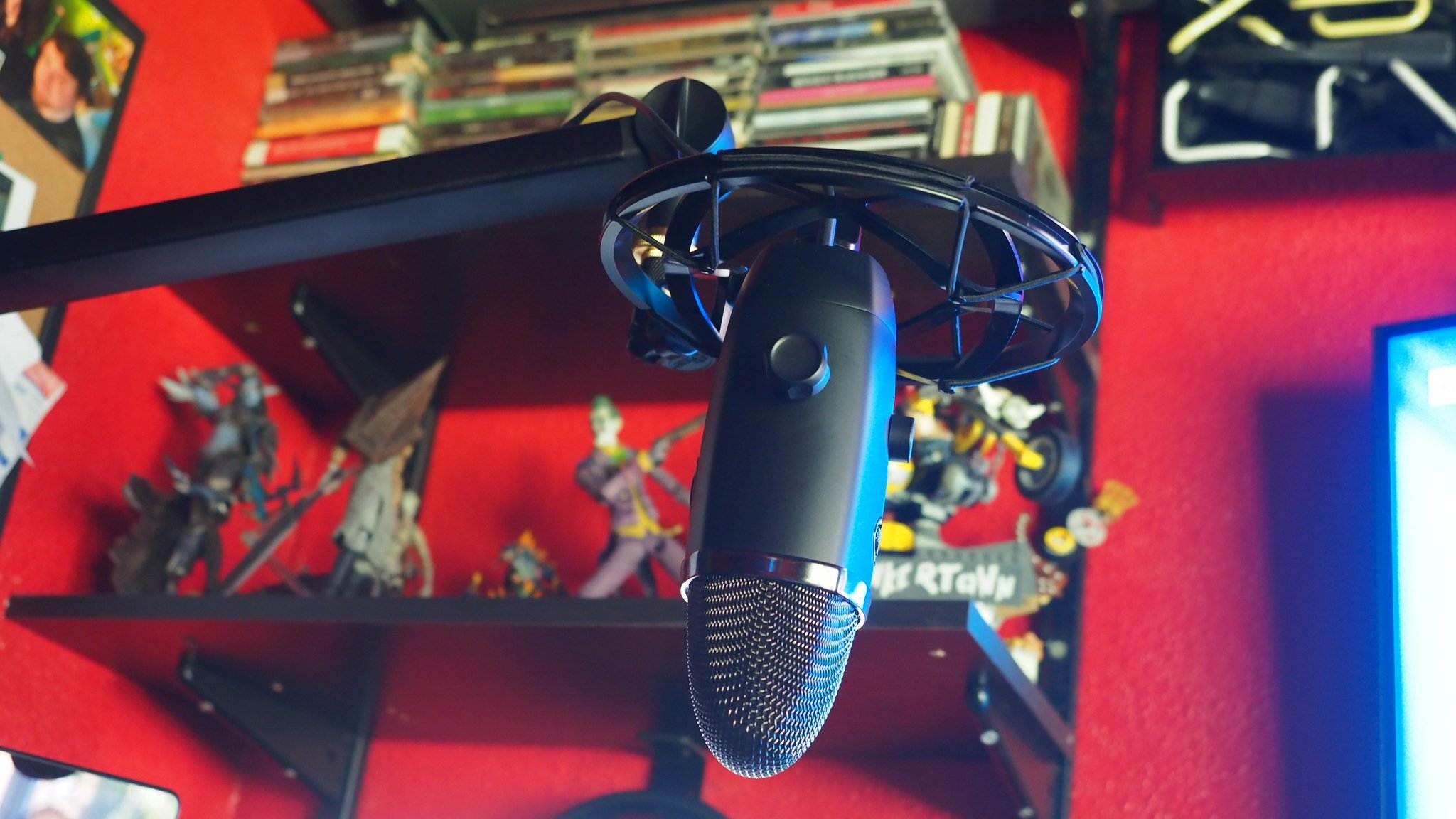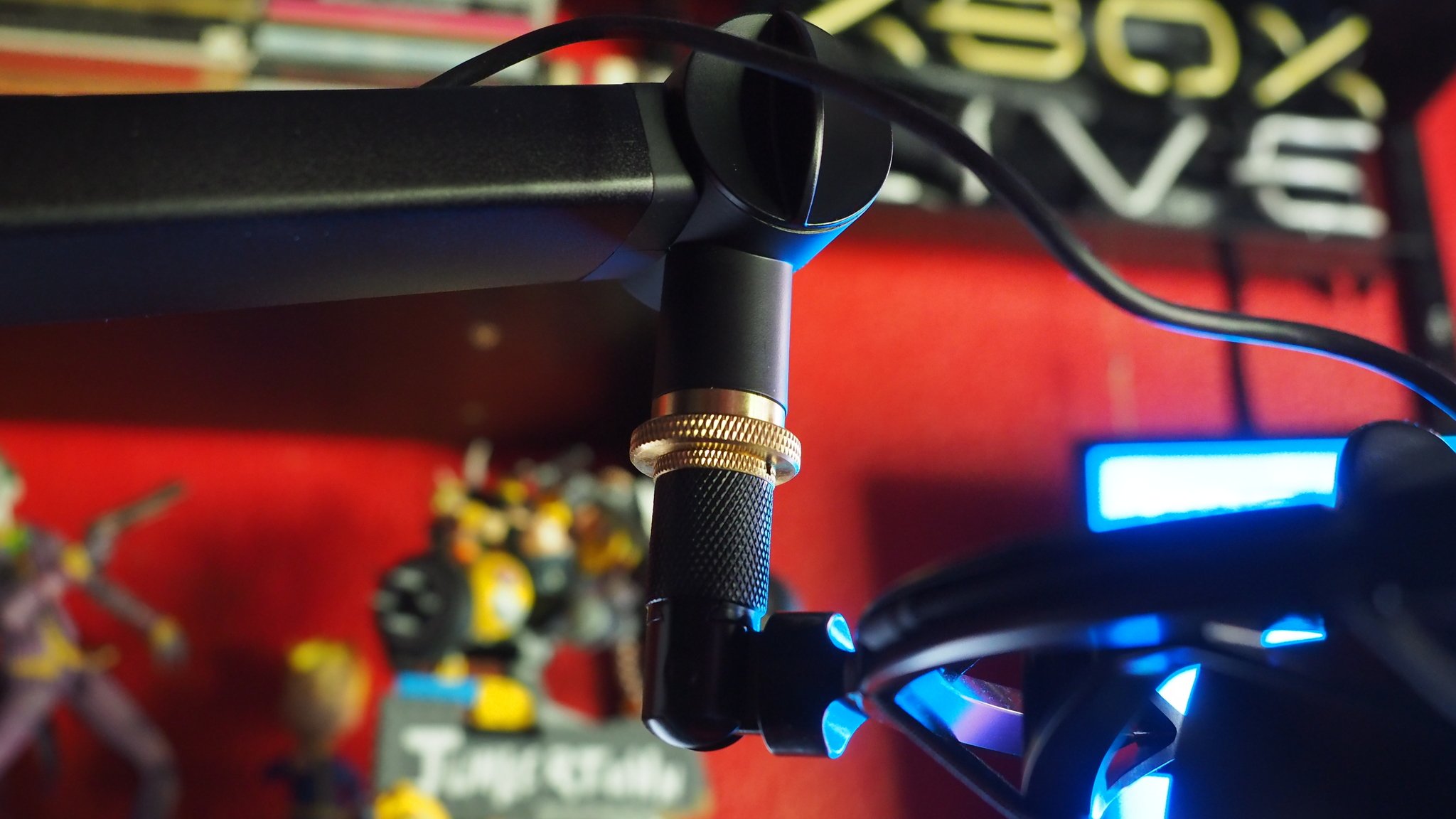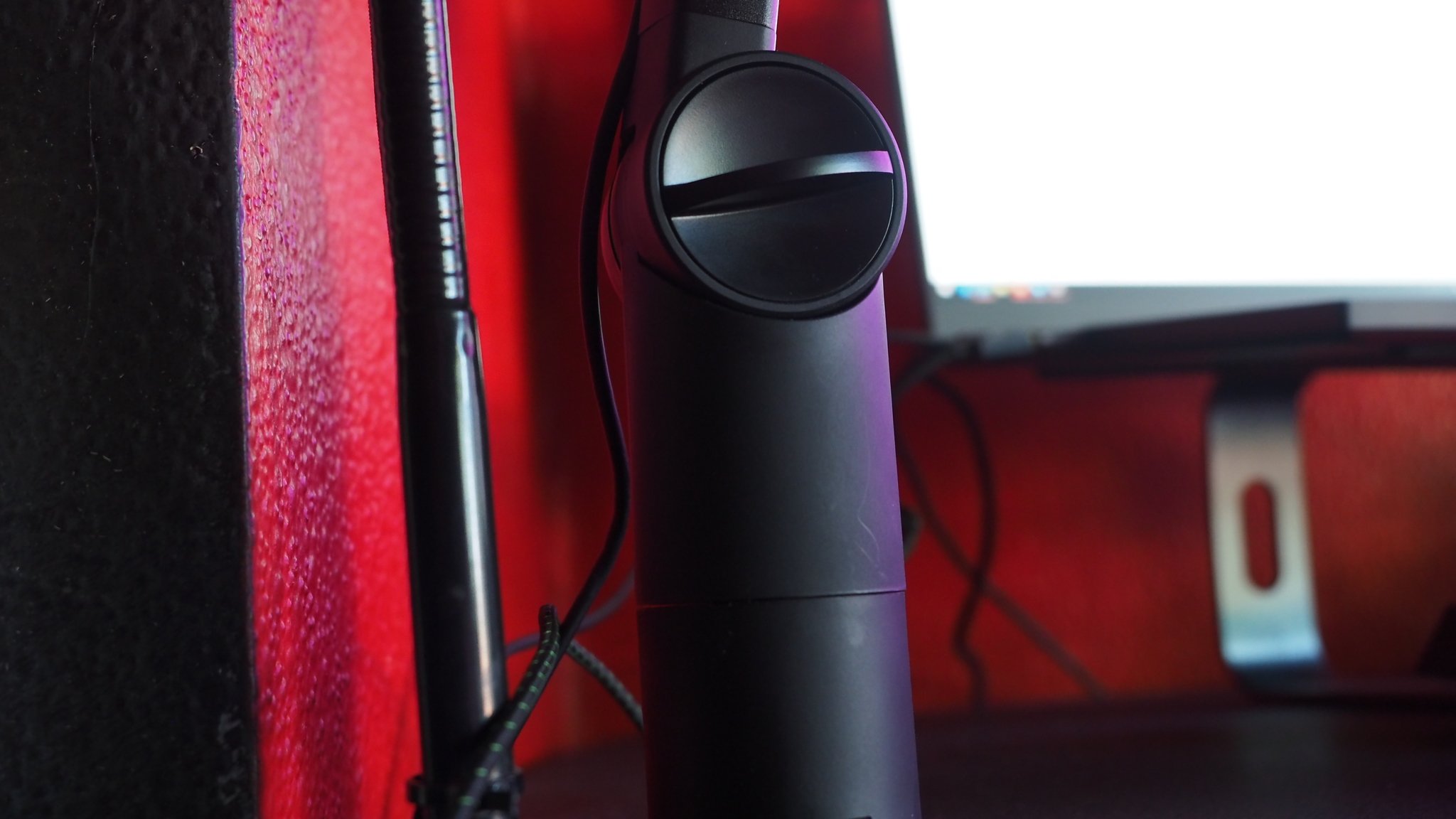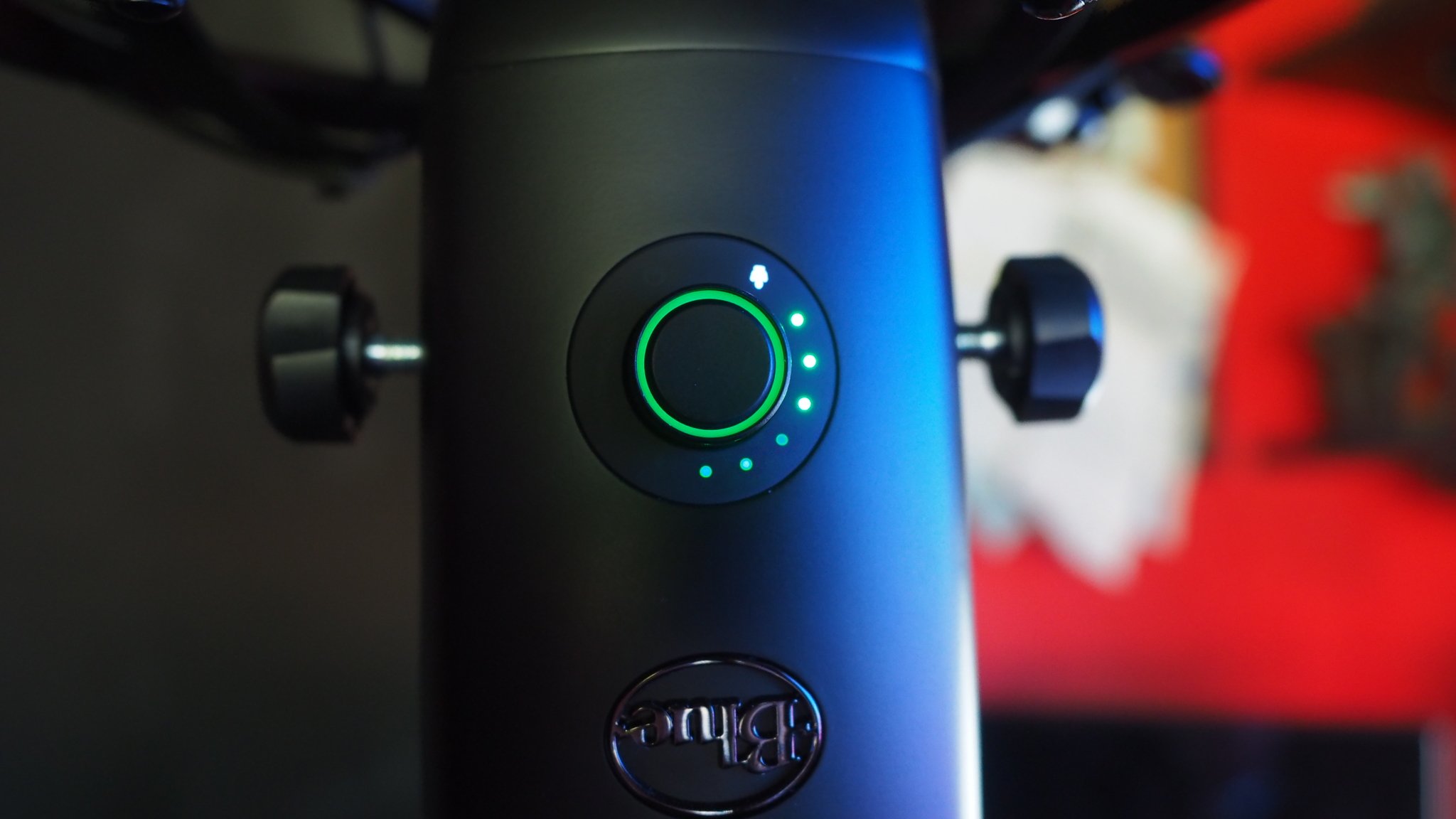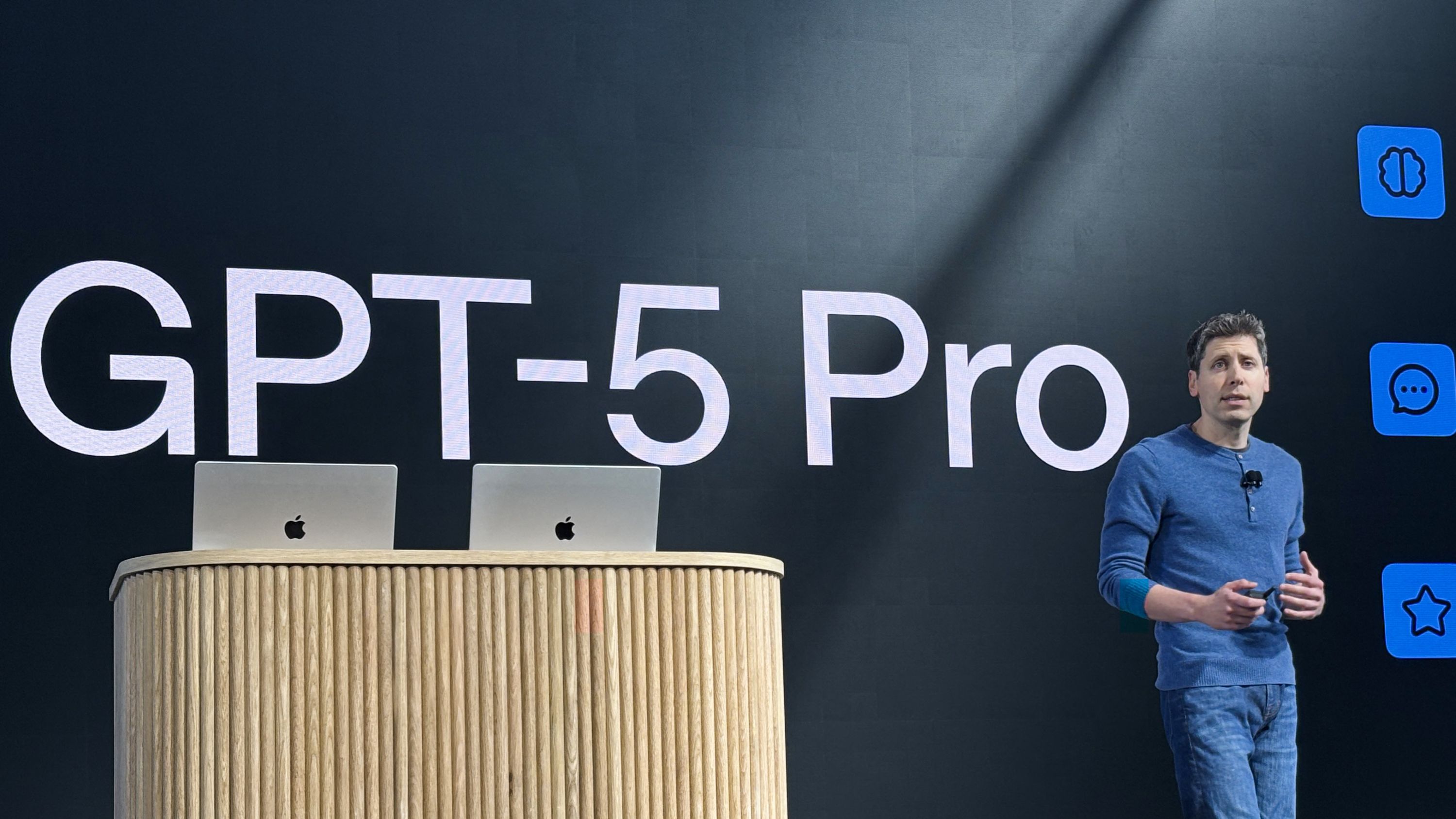
September 30th is officially International Podcast Day, which celebrates the increasing popularity of this relatively young entertainment format. With more and more of us exploring taking up podcasting either professionally or as a hobby, you should know that all you really truly need is a solid microphone and a PC or smartphone to get started.
As you grow, you may want to invest in some top-tier equipment. For years, Blue has been at the forefront of affordable professional-sounding microphones. Its Blue Yeti X is its current flagship model, built for the modern age of podcasting and video streaming, with some visual flair to go along with its stunning sound.
I've been using the Blue Yeti X and Blue's Compass mount for all of my podcasting and streaming needs across the past week, and here's why it's now my favorite mic setup of all time.
What you'll love about the Blue Yeti X / Compass
Let's cut to the chase. The Blue Yeti X just sounds excellent. We use a large range of microphones for work and play around here, and Blue remains a staple around the office for one reason above all else: high-quality audio at affordable prices. And as usual, the Blue Yeti X delivers big in this department.
Take a listen below for a basic, quick audio sample I threw together as an example. This audio sample also represents imperfect conditions, too, with the window open, noisy main road outside, no form of soundproofing, and potential noise from other electronic devices in the room. If you're someone with a real studio setup, expect the audio reproduction to be even better. For another sample, take a listen to my most recent podcast, although take note that the audio on my end (British accent) is compressed by Discord.
The Blue Yeti X is a pretty sexy microphone too, as microphones go, with metallic accents and a matte black finish. The Yeti X also has customizable RGBs for all you RGB fanatics out there, with a central button that allows you to toggle the dial between mic volume, line-in audio monitoring volume, gain, and the mix levels between the two. A tap of the button will mute it down, and the mic also very cleverly shows volume levels in real-time to warn you if your audio is clipping, which is an incredibly useful feature for podcasters.
A button on the reverse lets you toggle between four sound pattern presets, including cardioid for frontal use, omnidirectional for full ambiance, bi-directional for recording in-person interviews, and stereo mode, ideal for isolating multiple sound sources in front of the mic.
All the latest news, reviews, and guides for Windows and Xbox diehards.
The Yeti X can be used with any mic arm thanks to its standard screw sockets, but you might want to consider picking up a Blue Compass to go with it. The Compass is an incredible high-quality mic arm that lets you hang the Yeti (or indeed, any microphone with standard sockets) for perfect podcasting and content creation comfort.
Source: Windows Central
The Blue Yeti X comes with a solid stand of its own, but for the best quality, sometimes it's ideal to bring the mic closer to you with a lower gain. The Compass lets you angle the mic however you see fit, complete with a track that hides the cable conveniently away from your setup.
For additional configurability, Blue and Logitech provide some solid software into the mix as well. The Blue Sherpa software lets you tailor the audio profile of your microphone with some awe-inspiring precision, while the Logitech software lets you customize the lighting array with different colors. This is ideally pitched towards game streamers, but it's a nice touch.
Like many, or perhaps most products, though, the Blue Yeti X isn't perfect.
What you'll dislike about the Blue Yeti X / Compass
The main issue I had with the Blue Yeti X after using it for a couple of weeks was something I'd experienced with previous Blue Yeti microphones, in that the USB connector at the base of the mic is just kind of flimsy. I had to ditch two Blue Yeti microphones in the past due to the micro-USB connector not fitting the cable properly. After just a couple of weeks of use, podcasting, and making videos, I've found that the Blue Yeti X micro-USB connector has also become flimsy.
It's not a huge problem, at least not right now, but maneuvering the microphone in the wrong way can disconnect the cable from the PC, which if you podcast live like I do, could be a massive problem. I'd suggest I was an outlier with this issue, but considering my previous microphones, it felt all too familiar.
The only other issues I have had are pretty minor compared to the USB socket problem. I would like to see a feature that lets you completely turn off the LEDs, for those of us with bedroom offices (yay Covid-19). But man, I really would like to see future Yeti microphones solve their dodgy socket problem.
Should you buy the Blue Yeti X / Compass?
The general quality alone makes the Blue Yeti X / Compass combo a really great choice for streamers and podcasters everywhere. Its high degree of configurability, subtle, but sexy design, and customizable LEDs make it an excellent choice for live on-screen use. The sound quality and smooth action on the Compass positioning ensures you'll get the greatest sound reproduction possible.
The Blue Yeti X loses a point for its flimsy USB socket, but it's a manageable gripe that doesn't break the package. If you're a podcaster or video game streamer, you should definitely consider this setup, as it easily sits among the best microphones for streamers and other types of content creators.

Jez Corden is the Executive Editor at Windows Central, focusing primarily on all things Xbox and gaming. Jez is known for breaking exclusive news and analysis as relates to the Microsoft ecosystem while being powered by tea. Follow on Twitter (X) and tune in to the XB2 Podcast, all about, you guessed it, Xbox!
